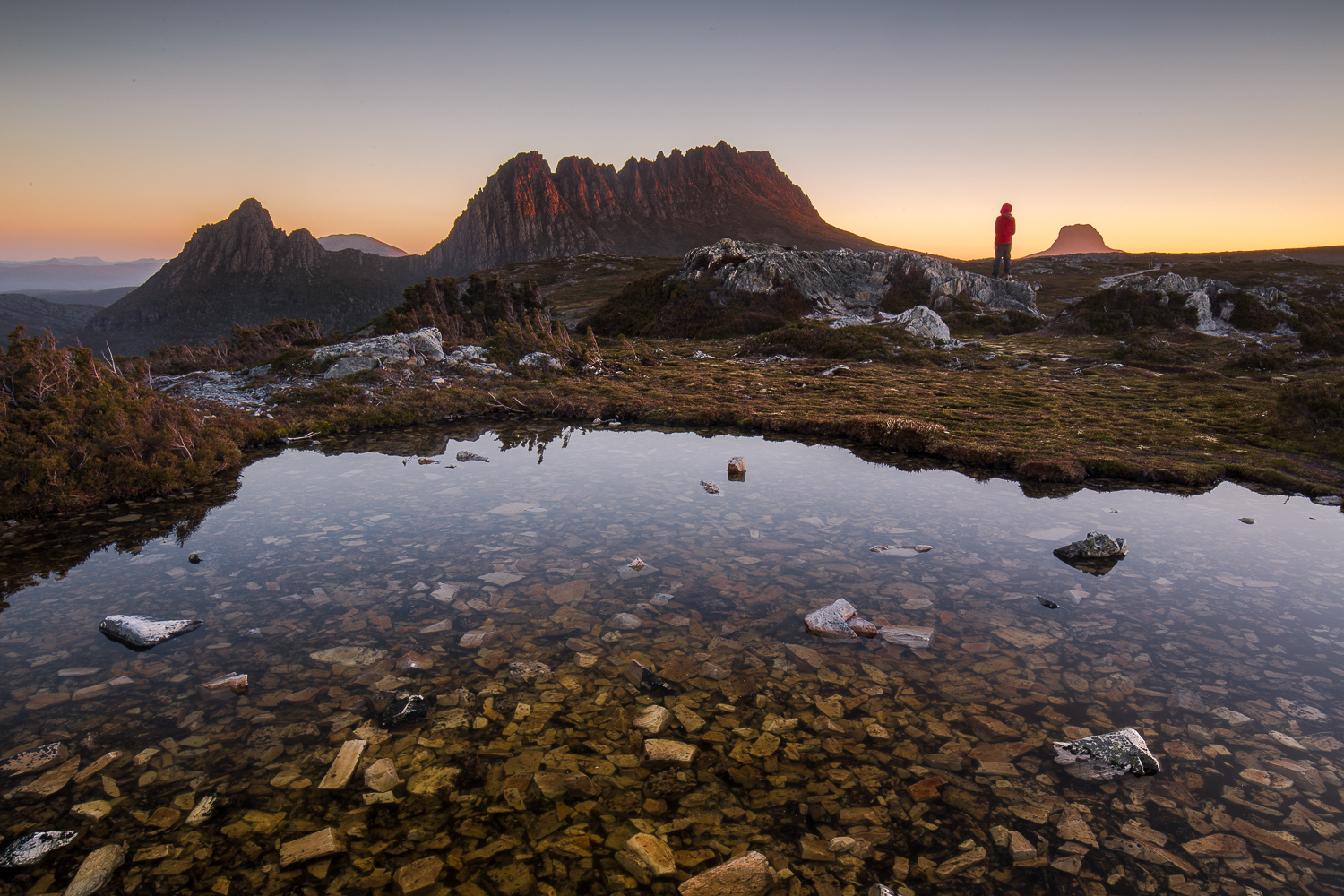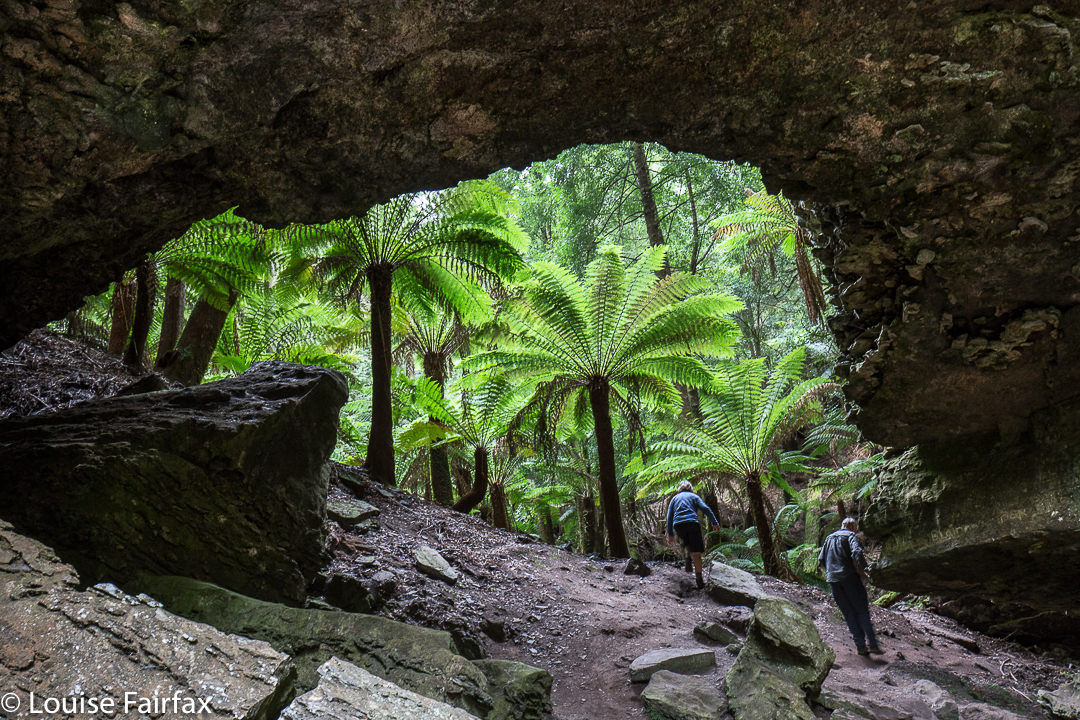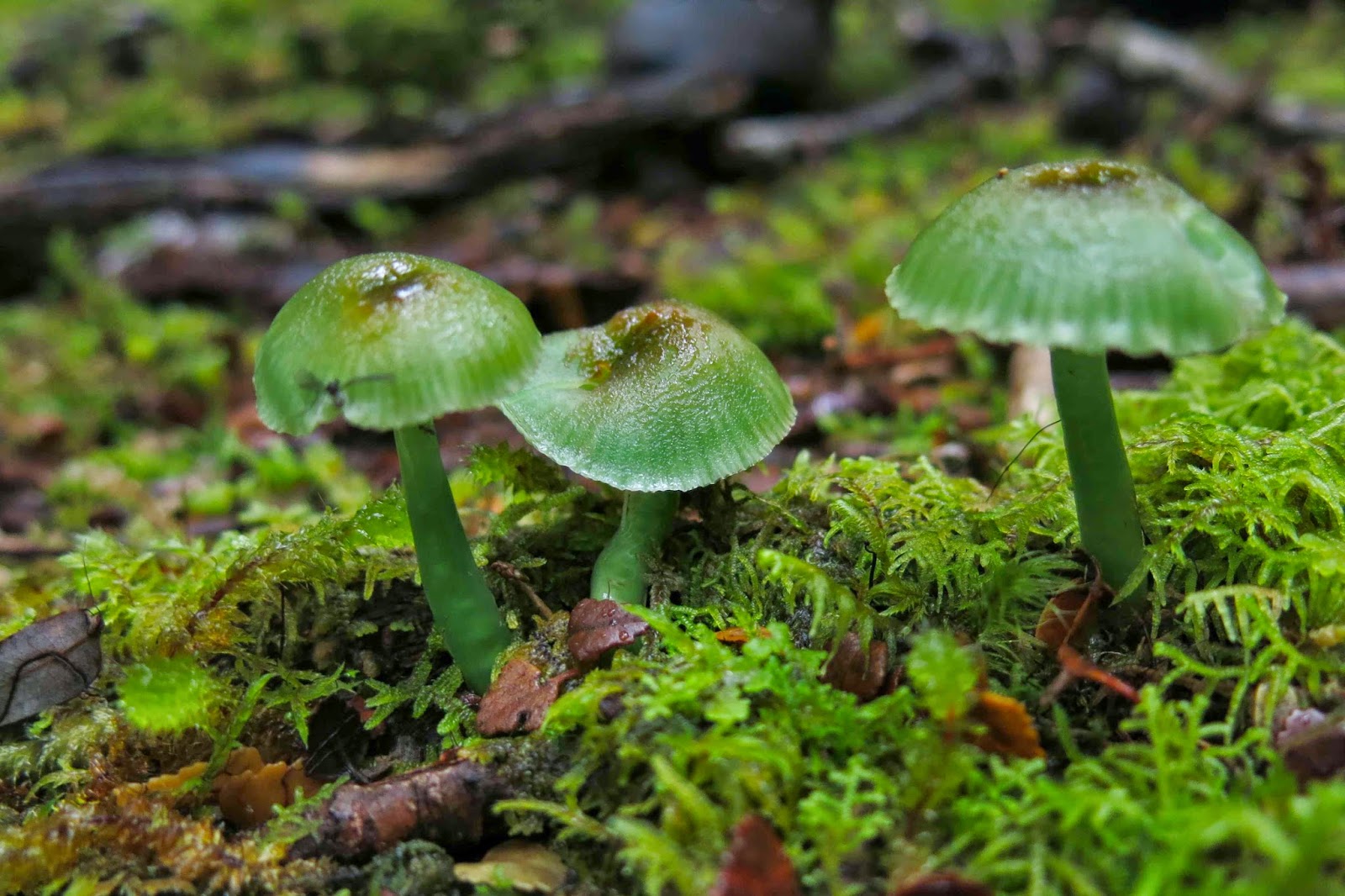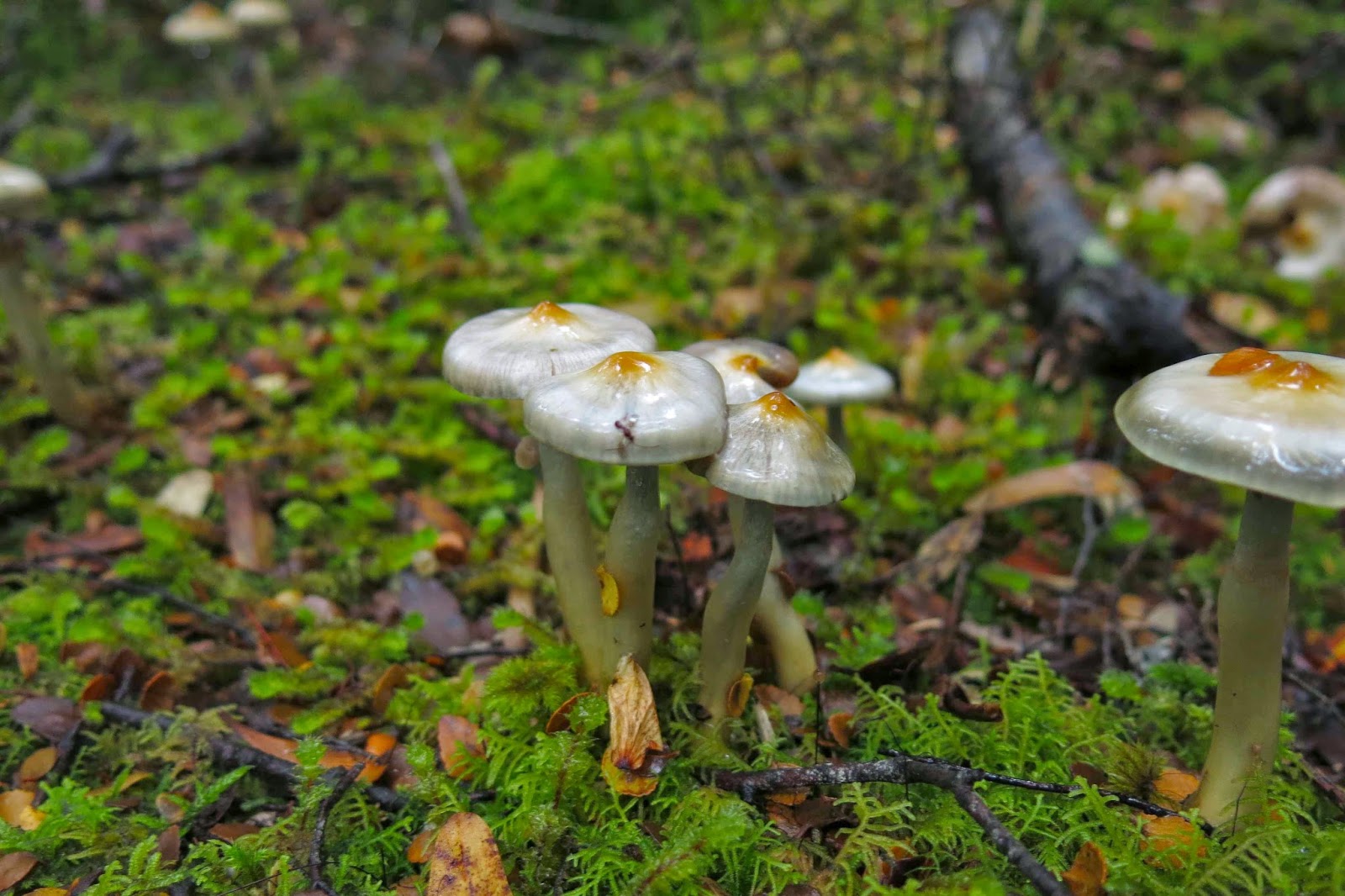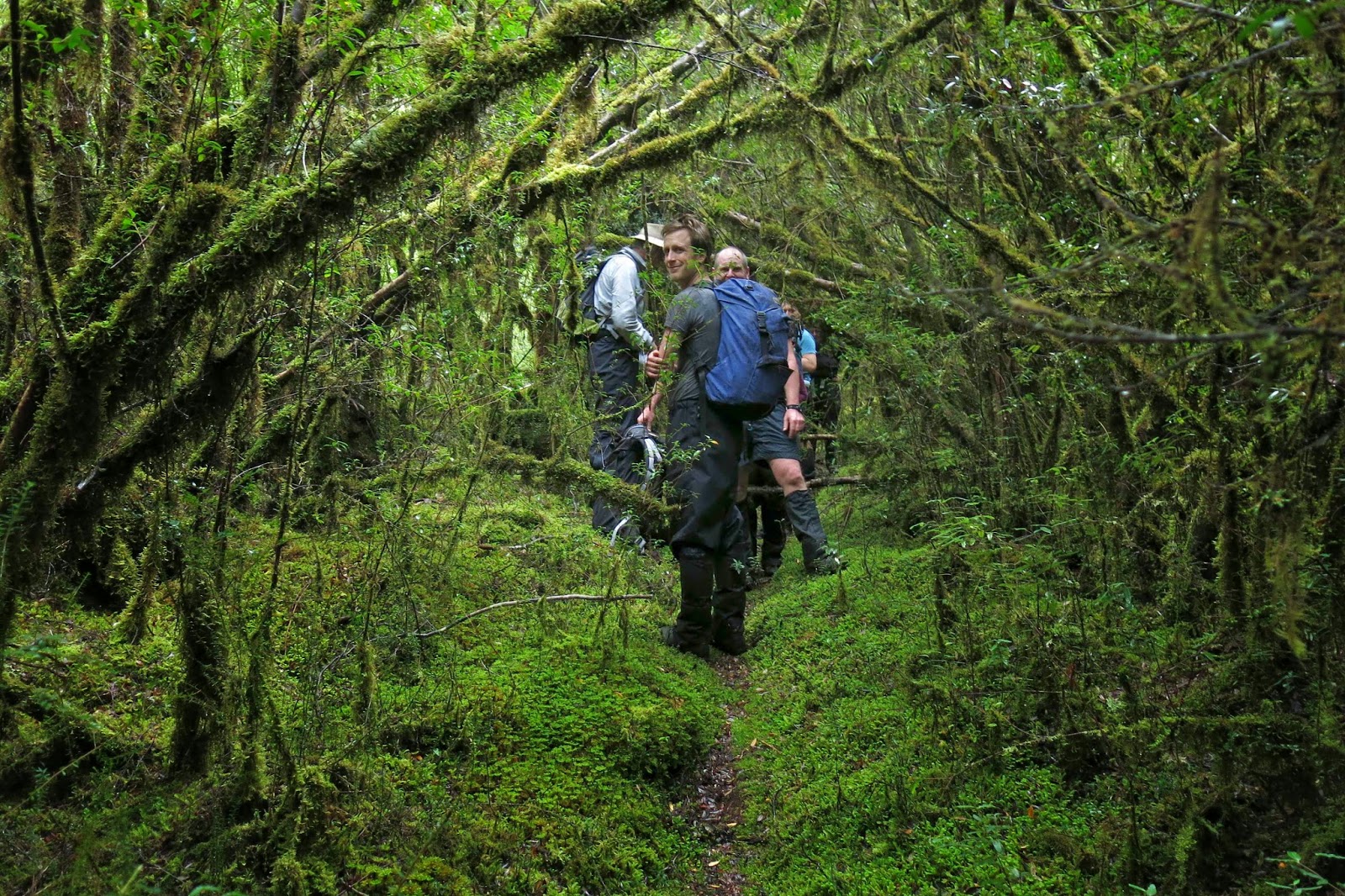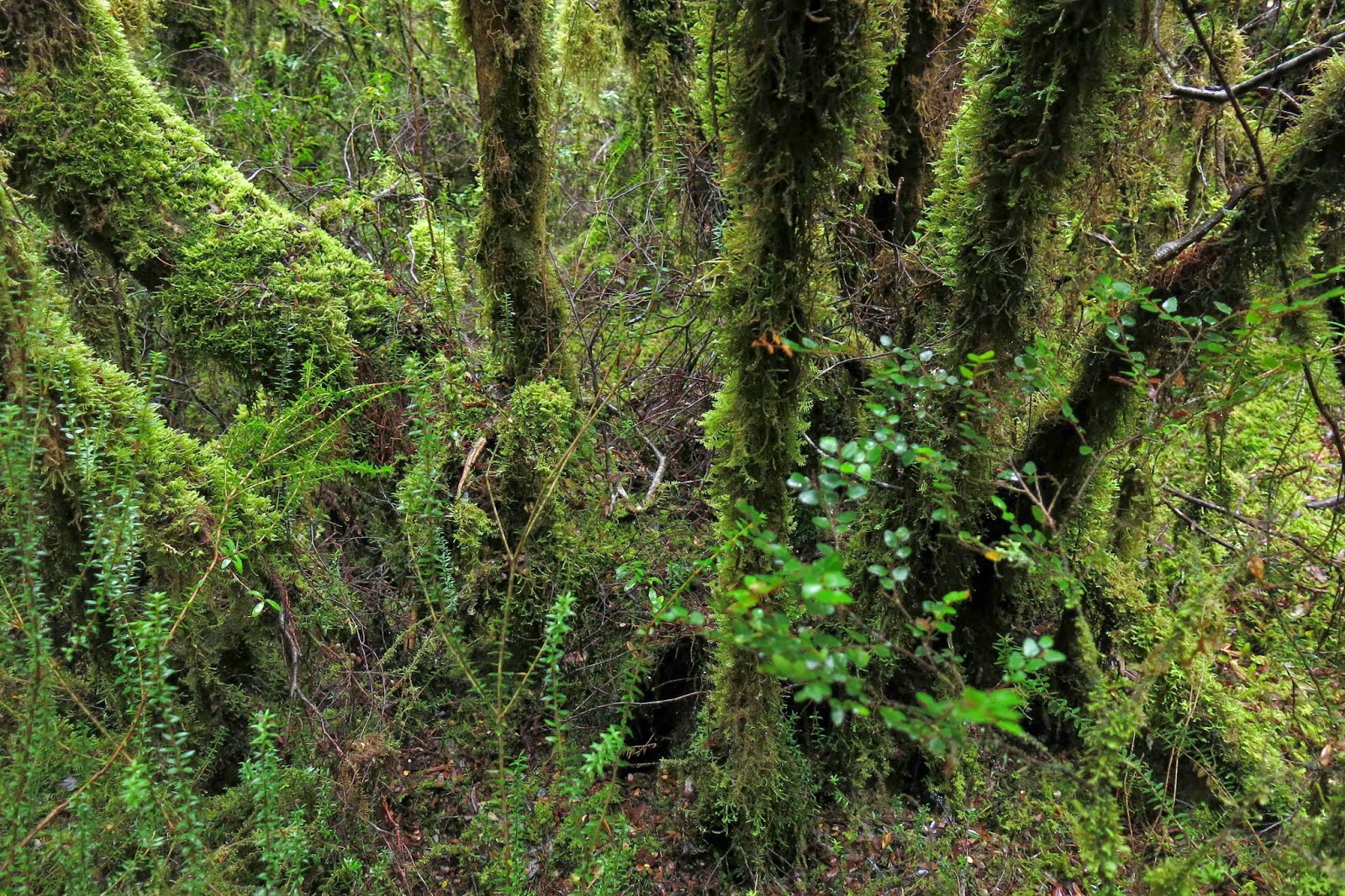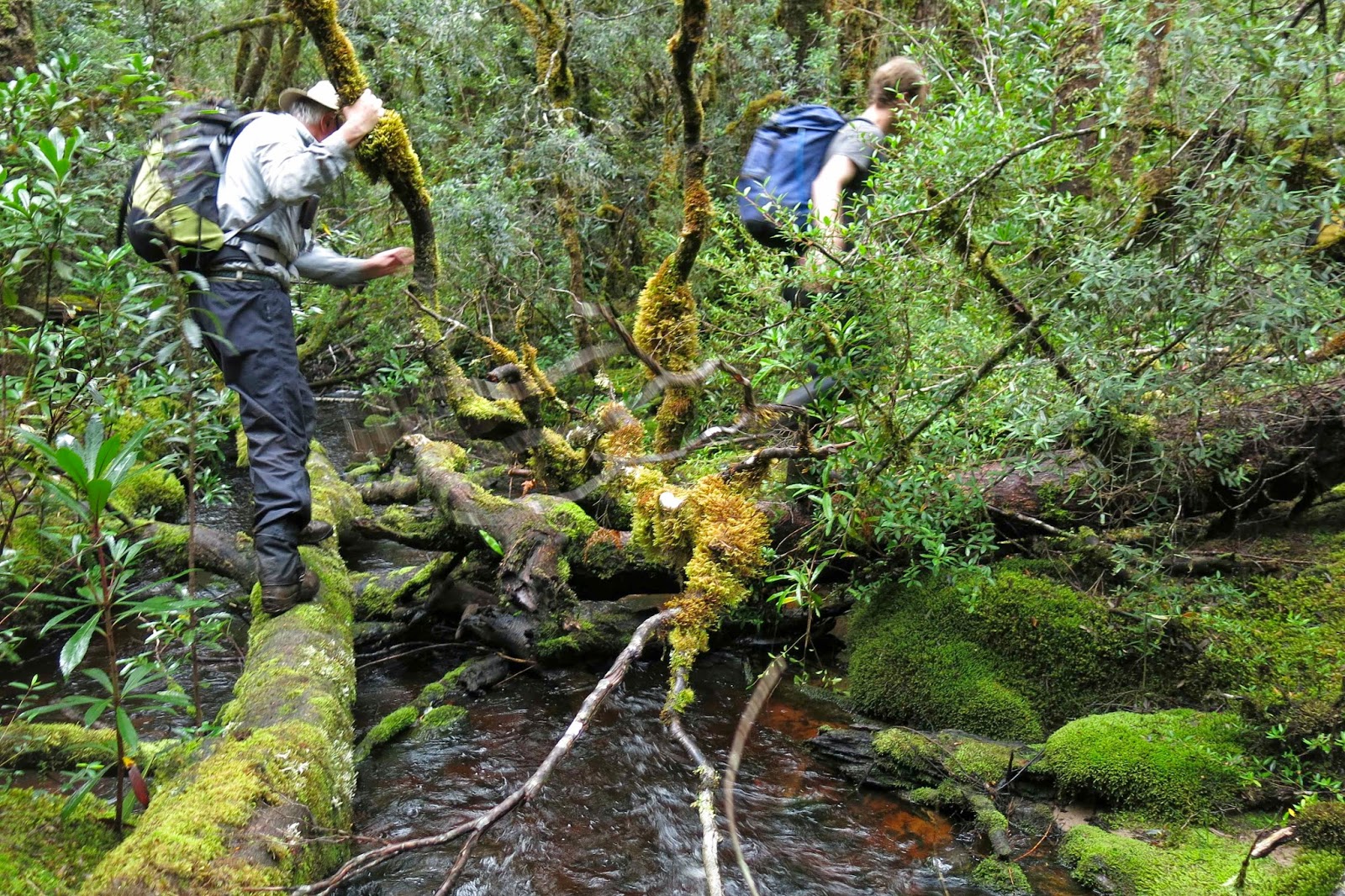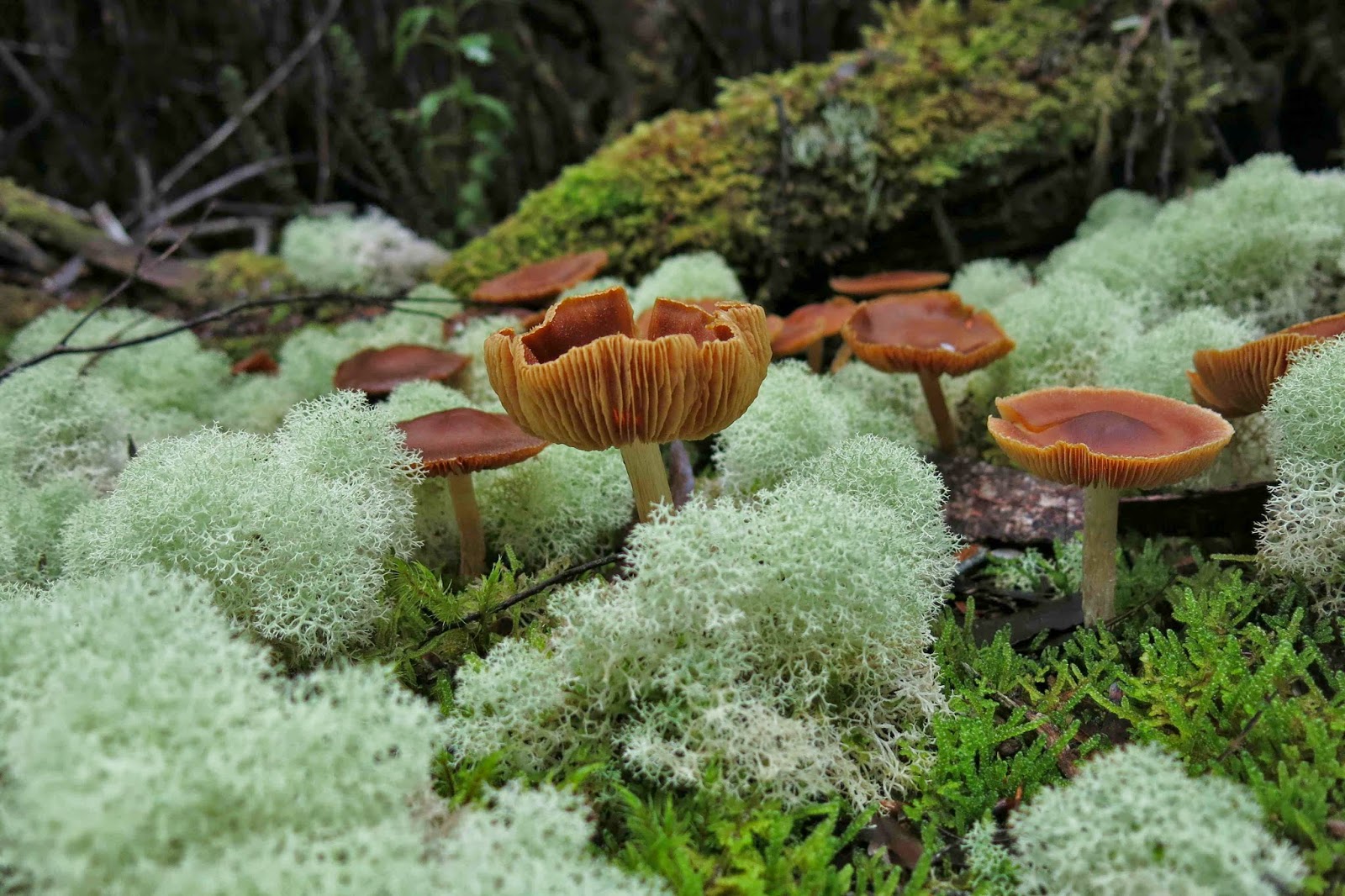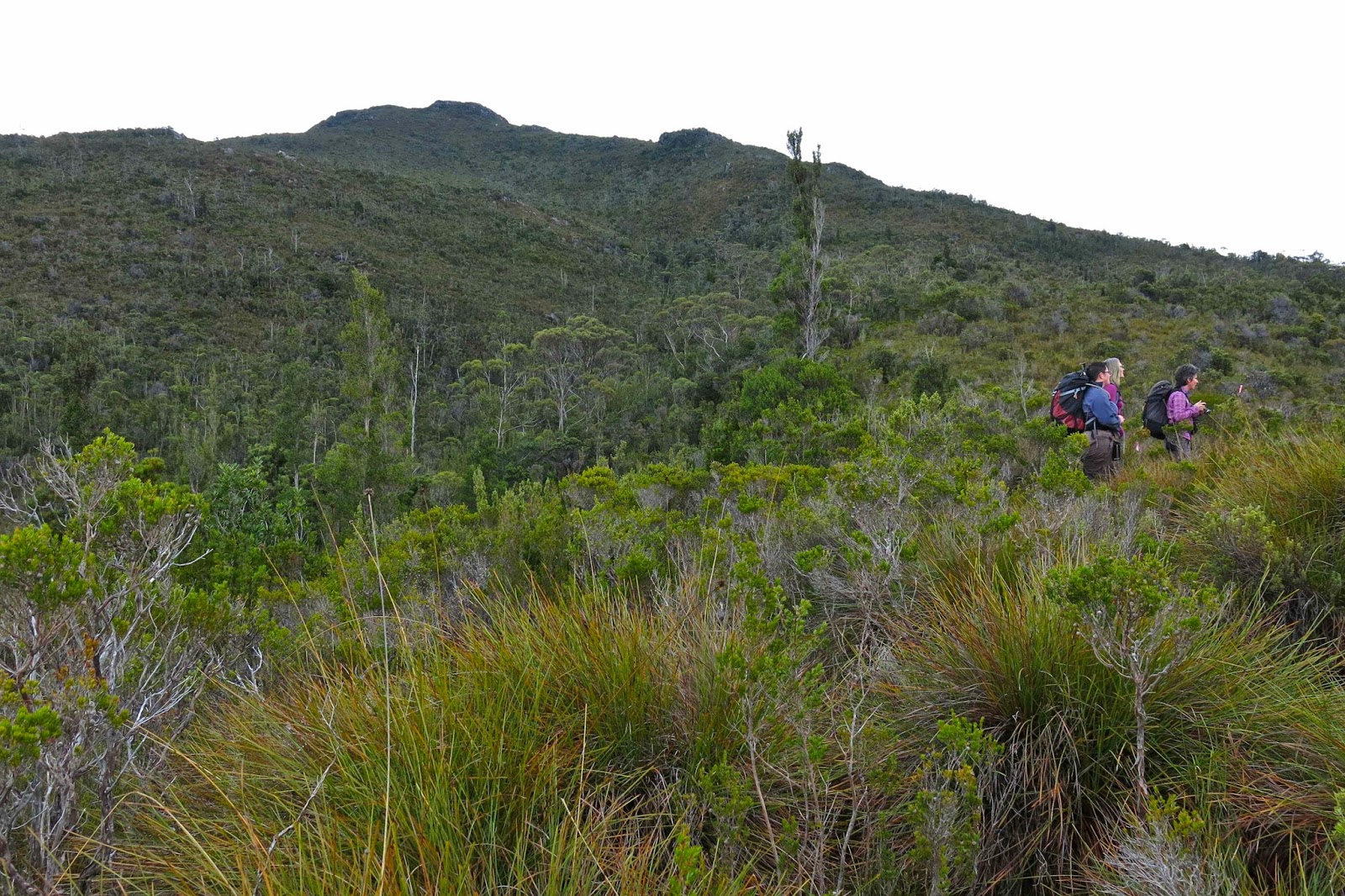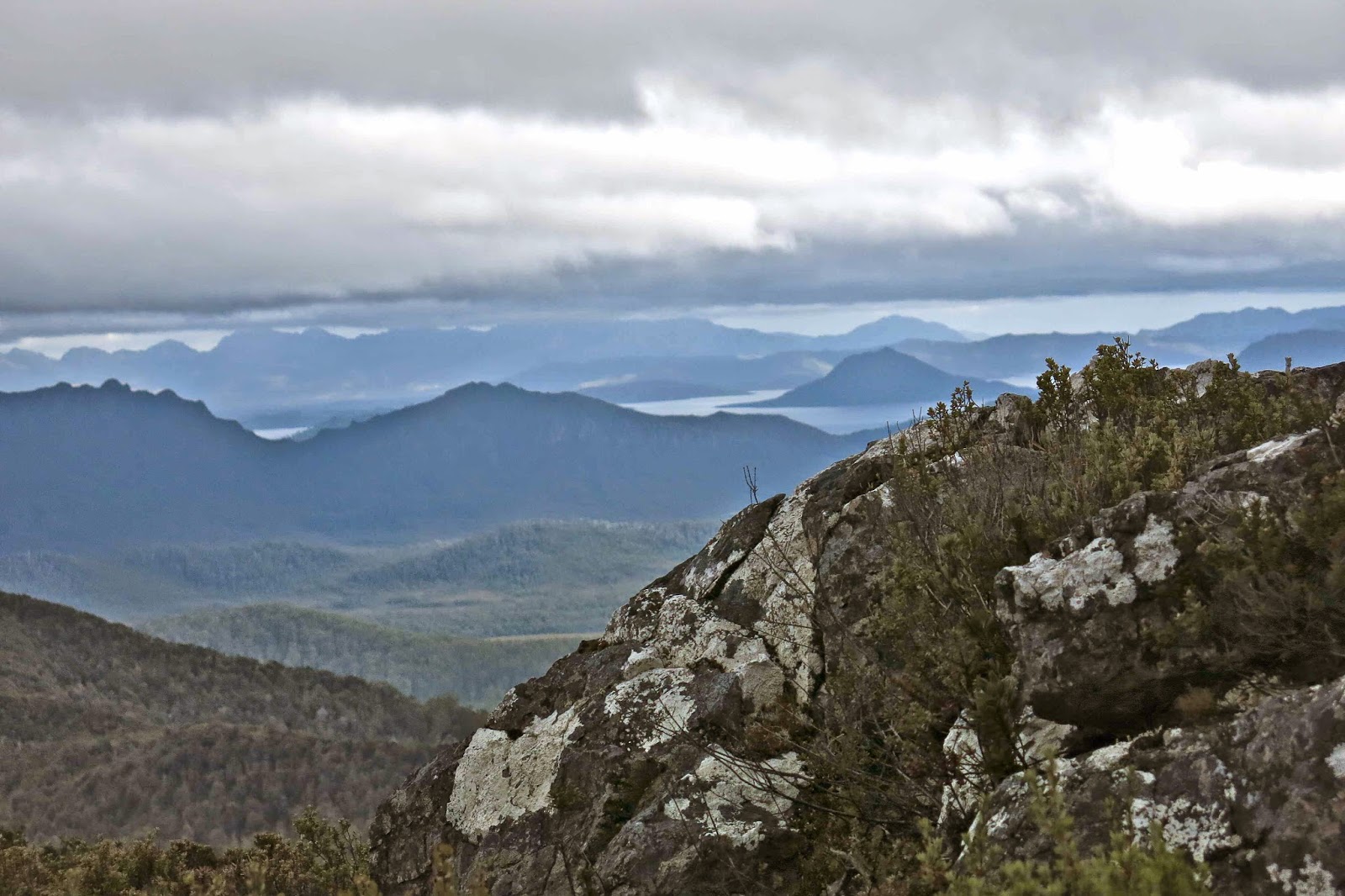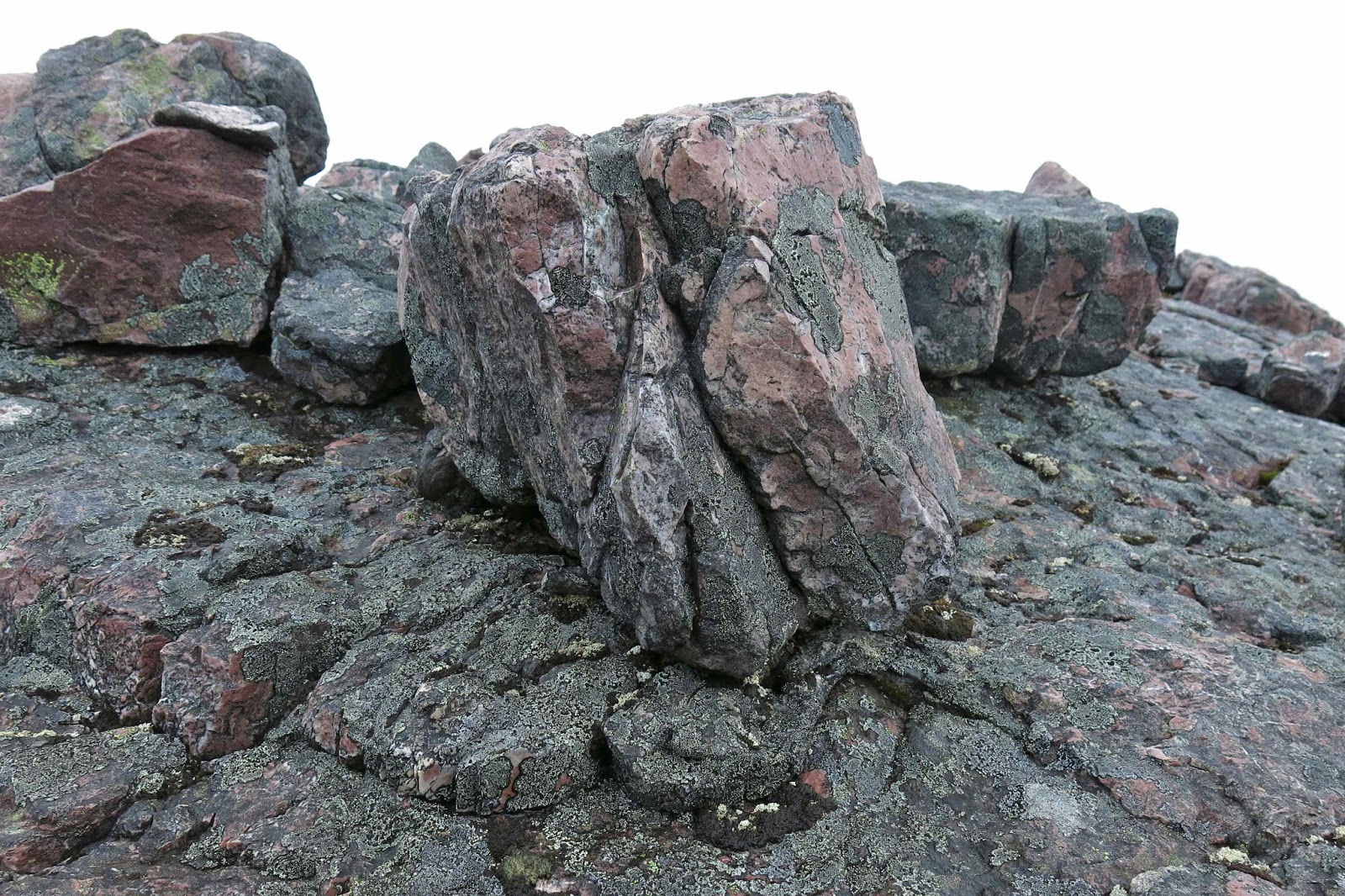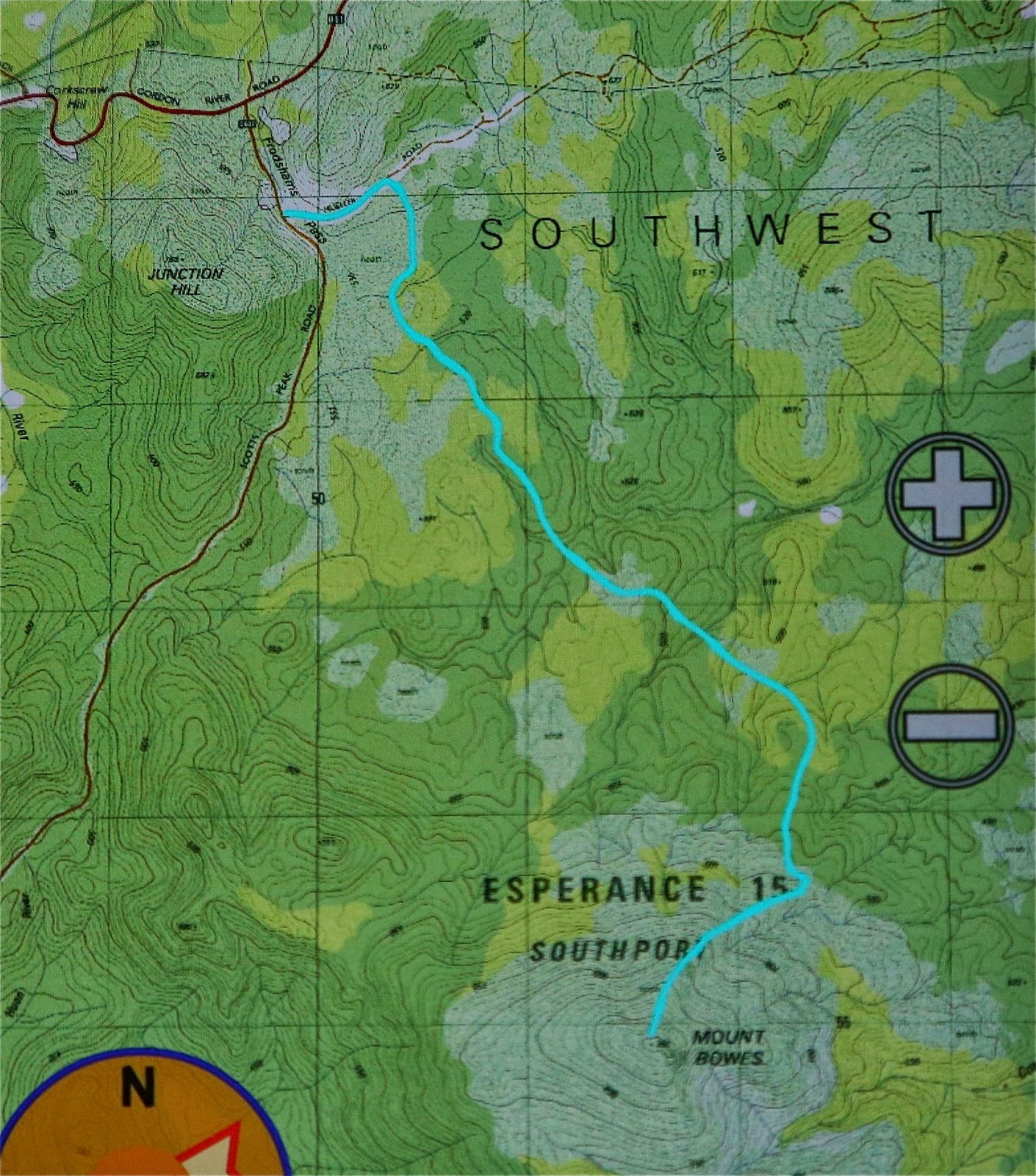Balfour Track and Trowutta Arch, Tarkine Day 4.
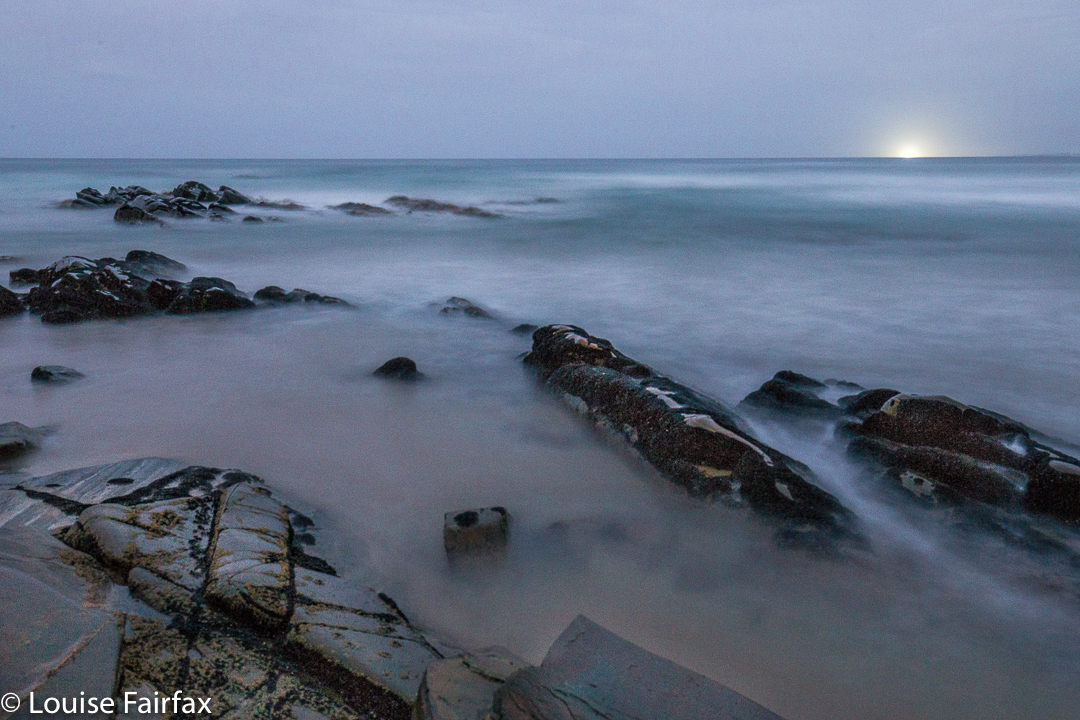
Sadly, we turned our back on the coast – but not before I’d got up in the dark and wended my way down to the ocean to capture moonset, long before the sun had risen. The shot here is a very long exposure.
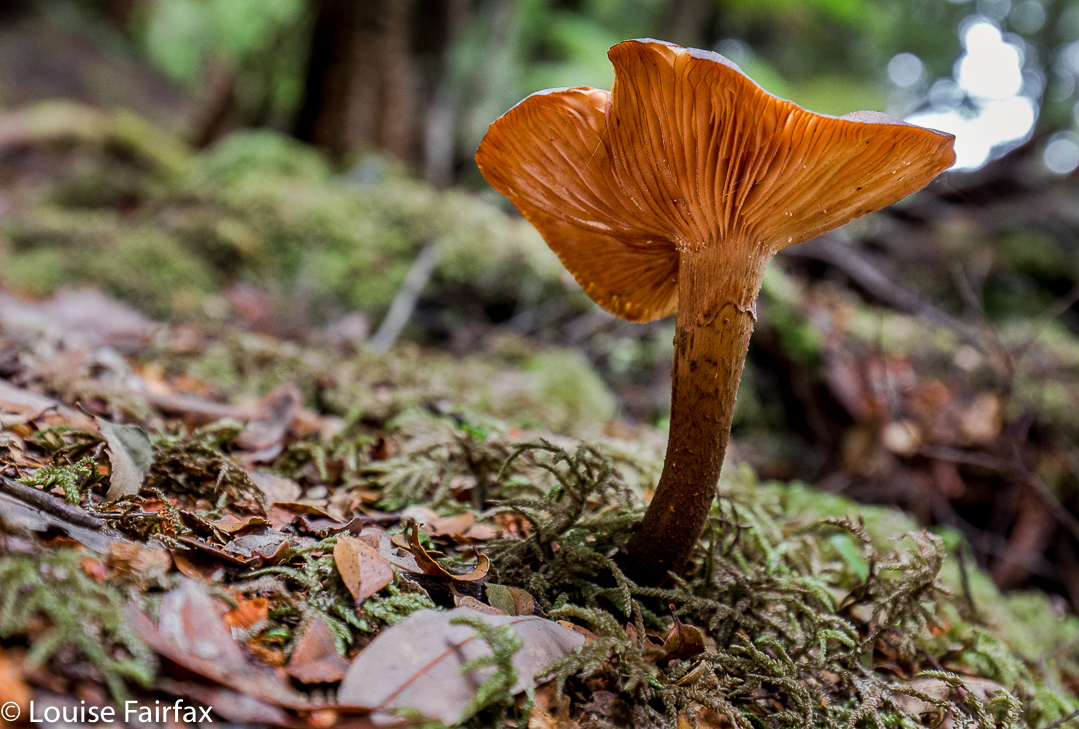
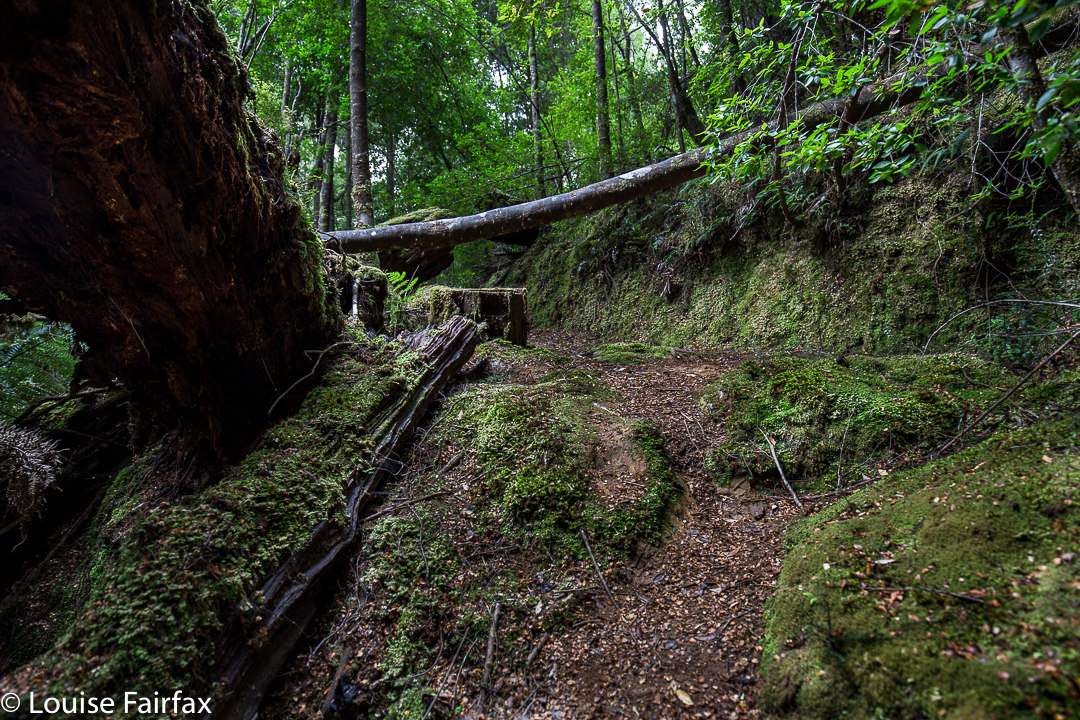
To reach our goal, we headed from the coast on the road running east from Couta Rocks – the C214 – until signs directed us to our destination. The track runs parallel to the road, rejoining it after about an hour’s walking (plus any stops you might have). Our group did an out and back route, probably taking us the three hours recommended. The extra half hour in each direction beyond walking was used in taking copious photos of fungi and forest, and in snack time beside the beautiful Stephens Rivulet.
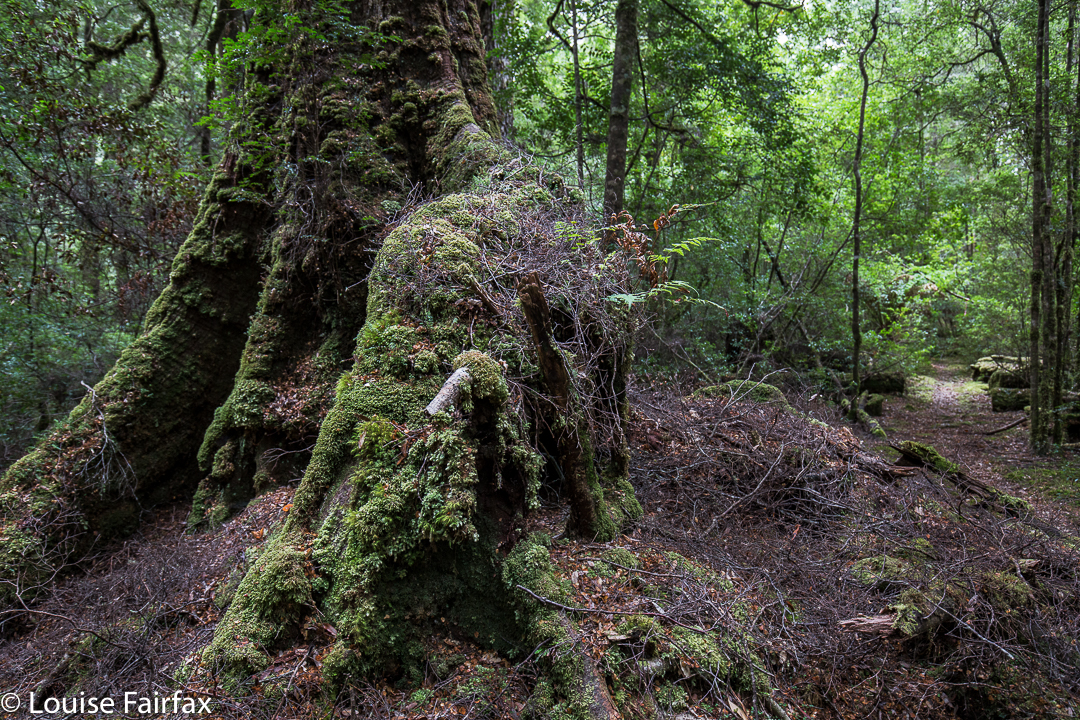
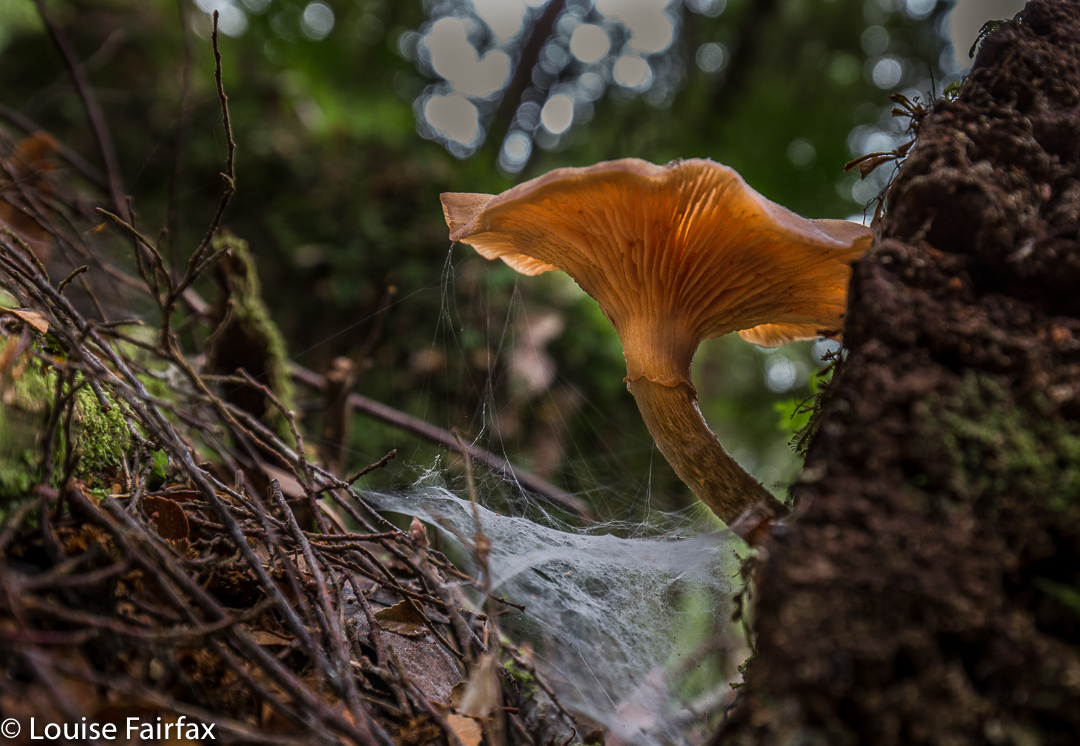
Of all the tracks we walked this trip, this one was my favourite. The path was narrow and non-invasive; the forest was lush and green with plentiful tree ferns and moss. I thought it would be way too dry and warm for fungi, and that there would not be much to photograph, but I was mistaken. The quaint, tiny ones were not yet out, but there were still plenty of others. Luckily for me, the other walkers had gone on ahead, so I was supposedly giving chase. However, I ended up rolling in dirt every ten paces or so at the discovery of each new delightful specimen. The fact that the others were ahead meant I didn’t have to feel guilty about holding anyone up. If and when all these marvellous sights stopped, I could keep my promise about giving chase, and if not, I’d just meet them on the rebound. I rolled in a little more humus and thoroughly enjoyed myself. (Map at end of this page)
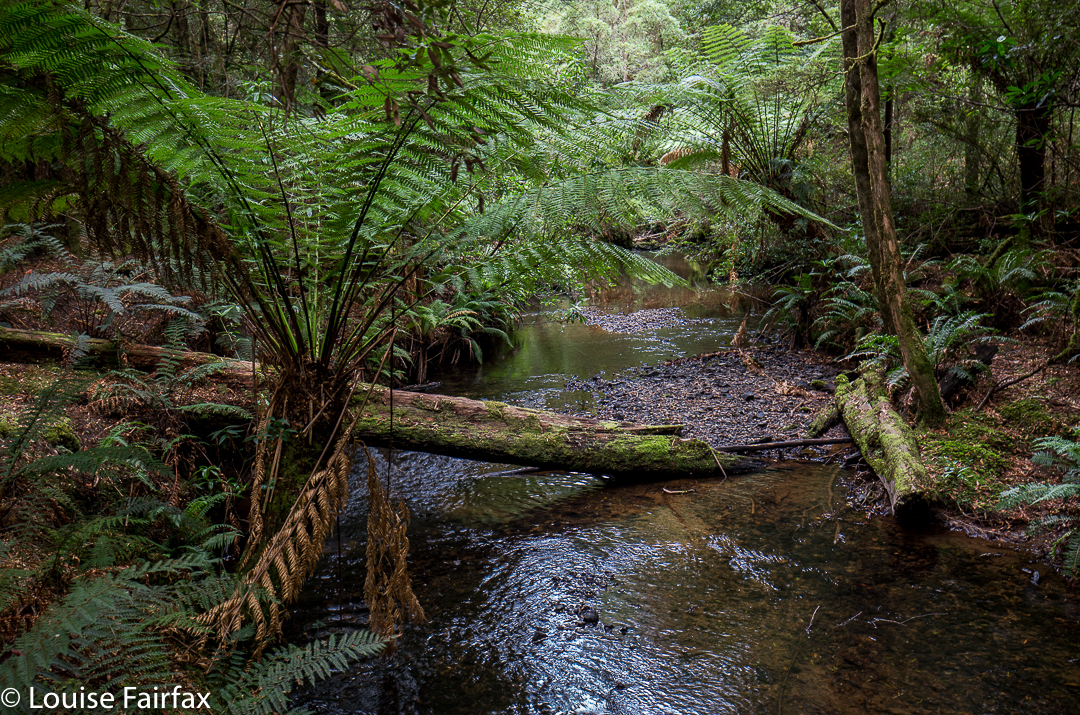
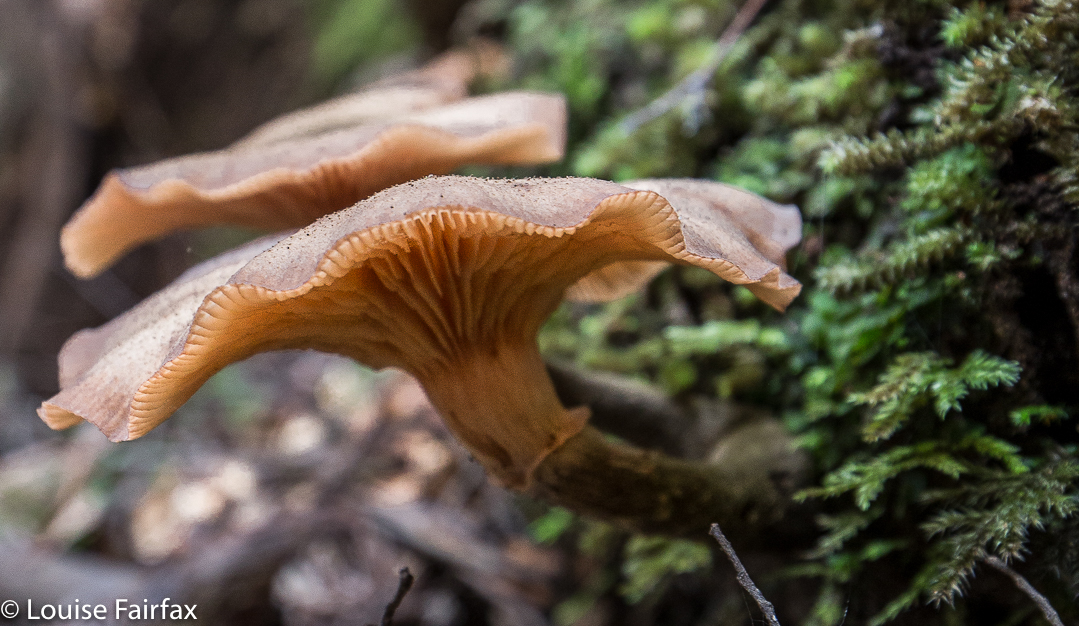
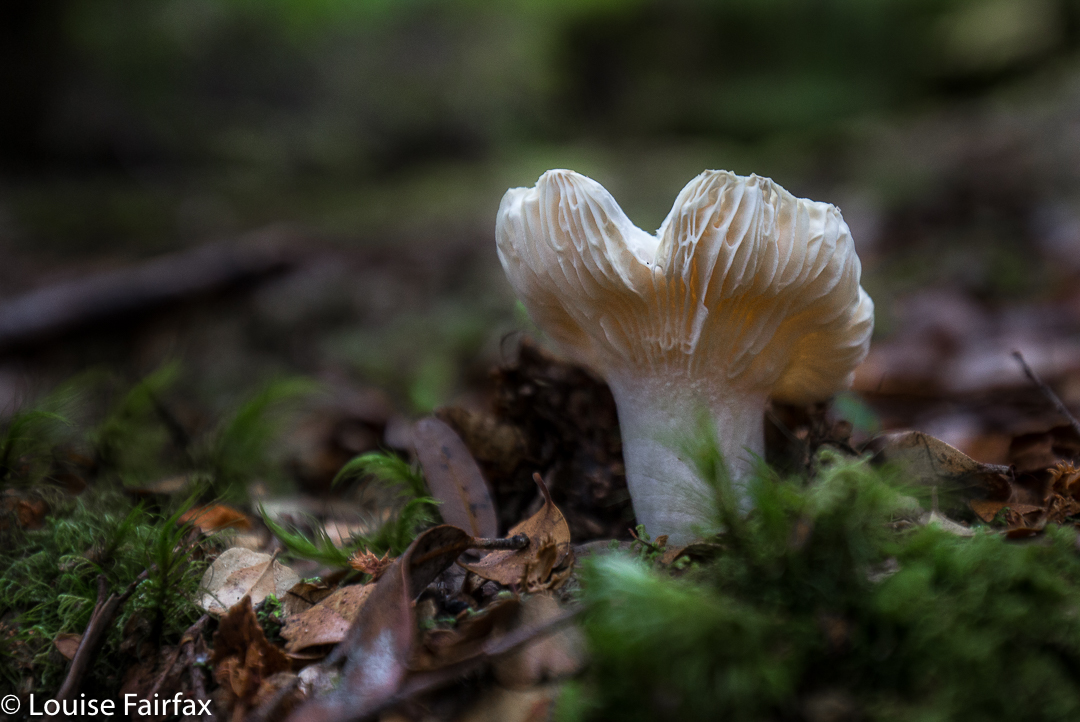
In the afternoon, we visited the Trowutta Arch. The arch itself was spectacular, but the way to it quite ruined it for me. I hated the hard, wide, unnatural path that has been built that scars the landscape. The forest also appears to be most suspiciously “tidy”. If the bureaucrats who designed this have wheelchairs in mind, I am most curious to know how they intend getting such chairs down the steep drop to the actual arch. Are they going to pop in a lift? Stairs will hardly help. The only section I enjoyed was the part they haven’t yet attacked. I hope this is the only route they decide to tame and manicure for tourists. I wonder why it is assumed that visitors are incapable of walking on any surface other than the artificially even one they normally use for shopping. This is a sad reflection on our society if it is correct. It contradicts what is actually good for our brains – a little challenge – a matter pursued by the excellent Austrian architect, Hundertwasser, in his deliberate planning of crooked, uneven paths and walls in anything he designed. I seemed to be the only one in the group who felt this way, but for me, the sight and feel of that city-style pavement in what had once been pristine rainforest, completely jarred, and detracted markedly from any delight I might have felt in the beauty that was there. Significantly, with the forest so “clean”, there were no fungi to be seen. There was nothing much for them to decompose.
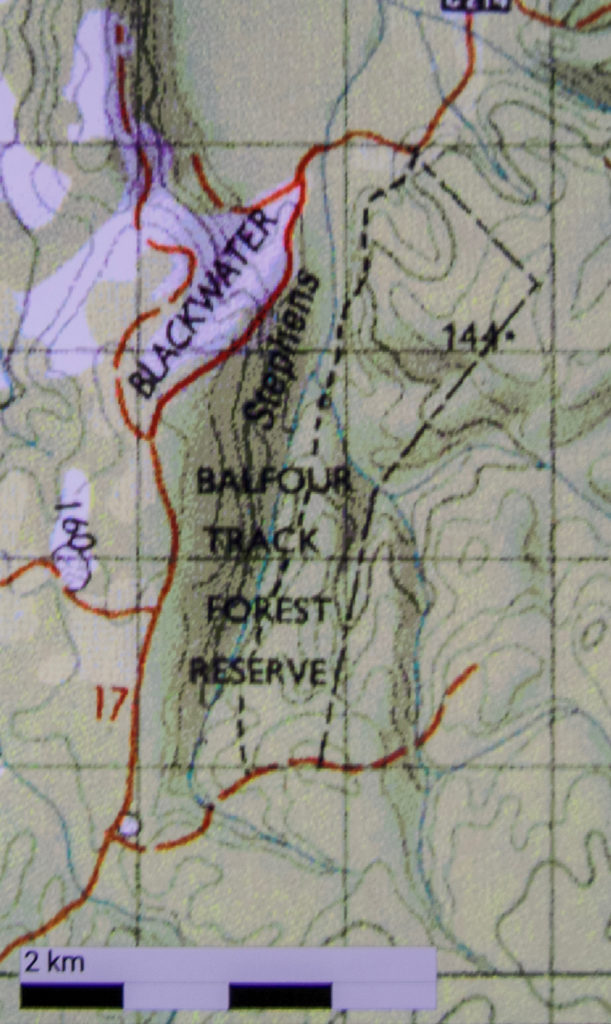
Balfour Track instructions: The orange road to the left with 17 beside it is the C214. As you can see, you turn right off it (if going up from the coast) and travel 700 ms to the start. After your one hour (plus stops) walking, you will reach the C214 again, where you either retrace your steps (NOT boring at all) or, if you have arranged a car shuffle, a car will return you to the start. As the forest is always new in a different direction, the former method is both easier and more enjoyable. The track itself is the dashed line that basically follows the Stephens Rivulet. The other dashed, very straight line to the right (east) is presumably a boundary of some sort.
